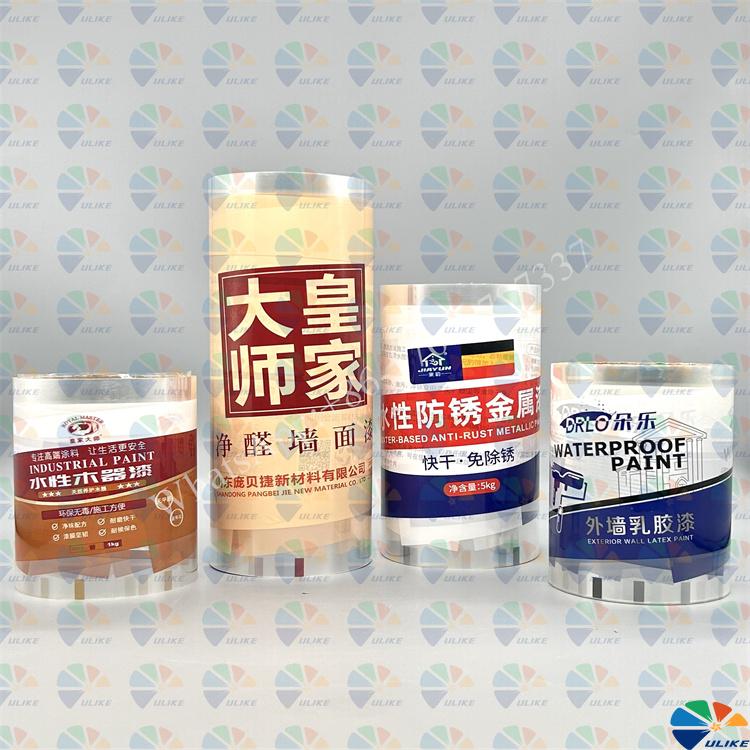EVA thermal transfer
EVA thermal transfer
1.
Application of EVA thermal transfer
EVA is a copolymer of ethylene and acetic acid. Its Chinese chemical name is ethylene-vinyl acetate copolymer (ethylene-vinyl acetate copolymer), and its English chemical name is Ethylene Vinyl Acetate Copolymer.
EVA has a wide range of applications, and its market consumption is constantly increasing, especially in the shoemaking industry, where it is used in the soles of mid-to-high-end tourist shoes, mountaineering shoes, slippers, and sandals.
In daily life, a large proportion of other foam products we see are also made of EVA.
However, EVA products with a vinyl acetate content of 20-28% can be used for EVA thermal transfer.
However, the application of EVA thermal transfer technology on EVA products is relatively small.
2. Difficulty of EVA thermal transfer
EVA thermal transfer product pictures
Why is the application of
EVA thermal transfer technology on EVA products rare?
Among the various substrates of different materials that can be thermally transferred, EVA products are the softest. (With a light press, the surface of EVA will sink).
The process of thermal transfer is to melt the ink and the product surface into one through the thermal transfer machine [heating and pressurizing], so as to achieve the purpose of "perfectly" transferring the transfer pattern to the product surface.
Due to the above reasons, the difficulty of EVA thermal transfer has doubled, mainly in the following two aspects:
1. EVA thermal transfer - soft
During the EVA thermal transfer process, when the thermal transfer rubber roller "carries" the thermal transfer film "on" the surface of the EVA product, the surface is "collapsed" because it is "too soft", resulting in the thermal transfer film being unable to be transferred to the surface of the EVA product.
2. EVA thermal transfer - bubbles/textures
EVA products are mostly plastic products formed by high-pressure bulk polymerization. During the high-pressure polymerization process, a large number of fine bubbles and textures will be generated.
The resolution of the thermal transfer film pattern reaches more than 300dpi. During EVA thermal transfer, the tiny bubbles and textures on the surface of the EVA product seriously affect the effect of transferring the thermal transfer film pattern to the product surface.
If the EVA thermal transfer is not treated before, the surface of the transferred product will be densely "pockmarked".
3. EVA thermal transfer solution
In order to solve the various problems caused by EVA thermal transfer due to the characteristics of EVA materials. According to the characteristics of flat thermal transfer, thermal transfer technicians have come up with a solution: "glue" the surface of the EVA material to make it smooth and free of bubbles; secondly, apply multiple layers of glue to the surface of the EVA material to make the surface reach the "hardness" for thermal transfer. With the customized EVA thermal transfer mold, a breakthrough in thermal transfer technology in the EVA field has been achieved.

![af]() Afrikaans
Afrikaans![sq]() Albanian
Albanian![am]() Amharic
Amharic![ar]() Arabic
Arabic![fr]() French
French![es]() Spanish
Spanish![ru]() Russian
Russian![de]() German
German![hy]() Armenian
Armenian![it]() Italian
Italian![ja]() Japanese
Japanese![ko]() Korean
Korean![pt]() Portuguese
Portuguese![hi]() Hindi
Hindi![az]() Azerbaijani
Azerbaijani![ro]() Romanian
Romanian![pl]() Polish
Polish![th]() Thai
Thai![el]() Greek
Greek![eu]() Basque
Basque![en]() English
English![zh-CN]() Chinese (Simplified)
Chinese (Simplified)![zh-TW]() Chinese (Traditional)
Chinese (Traditional)![be]() Belarusian
Belarusian![bn]() Bengali
Bengali![bs]() Bosnian
Bosnian![bg]() Bulgarian
Bulgarian![ca]() Catalan
Catalan![ceb]() Cebuano
Cebuano![ny]() Chichewa
Chichewa![co]() Corsican
Corsican![hr]() Croatian
Croatian![cs]() Czech
Czech![da]() Danish
Danish![nl]() Dutch
Dutch![eo]() Esperanto
Esperanto![et]() Estonian
Estonian![tl]() Filipino
Filipino![fi]() Finnish
Finnish![fy]() Frisian
Frisian![gl]() Galician
Galician![ka]() Georgian
Georgian![gu]() Gujarati
Gujarati![ht]() Haitian Creole
Haitian Creole![ha]() Hausa
Hausa![haw]() Hawaiian
Hawaiian![iw]() Hebrew
Hebrew![hmn]() Hmong
Hmong![hu]() Hungarian
Hungarian![is]() Icelandic
Icelandic![ig]() Igbo
Igbo![id]() Indonesian
Indonesian![ga]() Irish
Irish![jw]() Javanese
Javanese![kn]() Kannada
Kannada![kk]() Kazakh
Kazakh![km]() Khmer
Khmer![ku]() Kurdish (Kurmanji)
Kurdish (Kurmanji)![ky]() Kyrgyz
Kyrgyz![lo]() Lao
Lao![la]() Latin
Latin![lv]() Latvian
Latvian![lt]() Lithuanian
Lithuanian![lb]() Luxembourgish
Luxembourgish![mk]() Macedonian
Macedonian![mg]() Malagasy
Malagasy![ms]() Malay
Malay![ml]() Malayalam
Malayalam![mt]() Maltese
Maltese![mi]() Maori
Maori![mr]() Marathi
Marathi![mn]() Mongolian
Mongolian![my]() Myanmar (Burmese)
Myanmar (Burmese)![ne]() Nepali
Nepali![no]() Norwegian
Norwegian![ps]() Pashto
Pashto![fa]() Persian
Persian![pa]() Punjabi
Punjabi![sm]() Samoan
Samoan![gd]() Scottish Gaelic
Scottish Gaelic![sr]() Serbian
Serbian![st]() Sesotho
Sesotho![sn]() Shona
Shona![sd]() Sindhi
Sindhi![si]() Sinhala
Sinhala![sk]() Slovak
Slovak![sl]() Slovenian
Slovenian![so]() Somali
Somali![su]() Sudanese
Sudanese![sw]() Swahili
Swahili![sv]() Swedish
Swedish![tg]() Tajik
Tajik![ta]() Tamil
Tamil![te]() Telugu
Telugu![tr]() Turkish
Turkish![uk]() Ukrainian
Ukrainian![ur]() Urdu
Urdu![uz]() Uzbek
Uzbek![vi]() Vietnamese
Vietnamese![cy]() Welsh
Welsh![xh]() Xhosa
Xhosa![yi]() Yiddish
Yiddish![yo]() Yoruba
Yoruba![zu]() Zulu
Zulu


